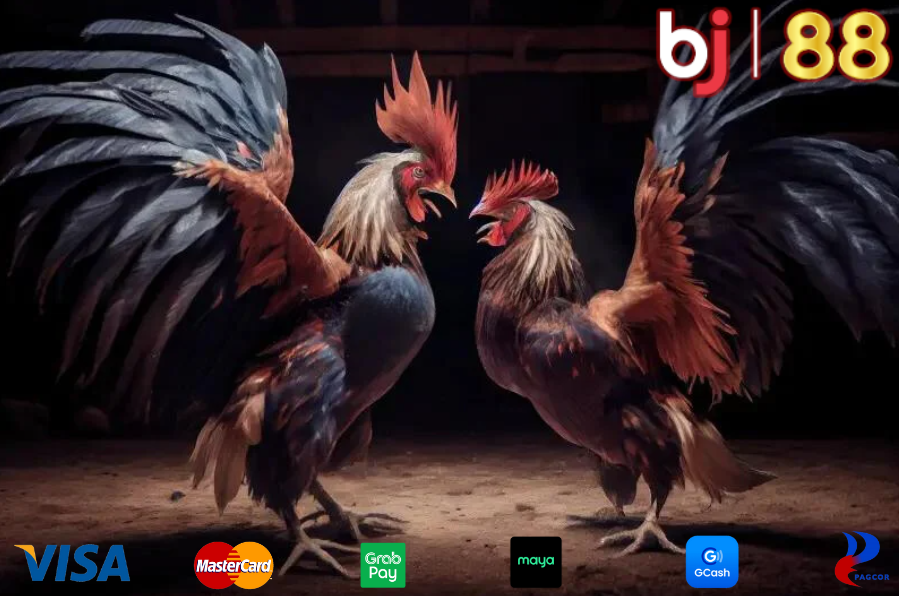Despite growing global criticism, cockfighting, a centuries-old bloodsport, thrives in various regions of the world. The disputed practice of priming roosters for cockfighting is one of this cruel activity’s most contentious components. We will examine the procedures, ramifications, and mounting criticism this horrifying custom is receiving from proponents of ethical treatment of animals and animal rights activists in this post.

Two roosters are compelled to battle until one of them dies or until they are unable to continue any longer in cockfighting, a barbaric and prohibited bloodsport in many nations. Large groups of people cheer on these helpless birds as they fight for their lives in this cruel display, which is frequently accompanied by gambling. Although cockfighting as a whole is debatable and often condemned, priming roosters adds still another level of brutality to an already horrible sport.
What Is Priming Roosters for Cockfighting?
The term “priming” describes the conditioning and preparation of roosters before they enter the battle pit and is mostly used in nations where cockfighting is still legal or unregulated. The intention is to increase the birds’ combativeness, toughness, and lethality. Priming entails a number of unsettling techniques that are all intended to increase a rooster’s likelihood of triumphing in a fight.
Methods of Priming Roosters
- Blade Training: This gruesome method involves attaching small blades, gaffs, or sharp objects to the roosters’ legs, replacing their natural spurs. These modified limbs are intended to inflict more severe injuries during fights, causing greater pain and damage to the opponent.
- Drug Use: Roosters are often injected with various drugs and supplements to enhance their strength, stamina, and aggression. Substances like steroids and stimulants are commonly administered to boost their fighting capabilities.
- Starvation: Roosters may be intentionally starved before a fight to make them more desperate and aggressive. This cruel tactic is intended to drive the birds to fight with greater ferocity, as they see the opponent as a source of food.
- Isolation: Roosters are kept in isolation to prevent socialization and bonding. This isolation is meant to increase their aggression and hostility towards other roosters.
- Exercise and Training: Roosters are forced into strenuous exercise routines, including treadmill sessions, to improve their endurance and fitness. This physical conditioning is aimed at ensuring they can fight longer and more vigorously.
The Growing Criticism: Voices Against Cockfighting and Priming
The public’s perception of cockfighting has changed recently, as have the laws prohibiting it, including the practice of priming roosters. Around the world, animal rights organizations and concerned citizens have been working hard to raise awareness of these practices’ inhumanity and push for their abolition.
Cockfighting, according to proponents of animal welfare, not only perpetuates violence and brutality toward animals, but it is also inhumane. Priming roosters is seen to be an upsetting extension of this violence. Important criticisms include the following:
- Cruelty: The deliberate infliction of pain and suffering on roosters through methods like blade training and starvation is considered both unethical and inhumane.
- Gambling and Exploitation: Cockfighting often involves illegal gambling, which can lead to financial exploitation and addiction among participants and spectators. Many birds are bred and trained solely for the purpose of fighting, perpetuating a cycle of cruelty.
- Public Safety Concerns: Cockfighting events are often accompanied by other illegal activities, including drug trafficking and violence among attendees. This poses a significant risk to public safety.
- Legal Issues: In many countries, cockfighting and priming roosters are illegal activities. Those involved in these practices can face criminal charges, fines, and imprisonment.
- Ethical Considerations: The cruel treatment of animals for entertainment raises important ethical questions about the values of a society that condones such activities.
Conclusion: A Call for Compassion and Change
An unsettling aspect of cockfighting is the contentious practice of priming roosters for the combat. There is a growing movement to put an end to this custom once and for all as society grows more conscious of the moral ramifications and cruelty it brings with it.
It is crucial to understand that cockfighting, in all of its manifestations, is bad for both the animals involved and the values and principles of human society. An increase in animal compassion can be seen in the outrage against this terrible practice as well as the growing legal limitations and punishments.
It is our responsibility as accountable members of society to denounce these actions, encourage the application of current rules, and push for more stringent regulations where necessary. We can only expect to rid our world of the dreadful stain of cockfighting and the priming of roosters via collective action and the development of humane alternatives.
